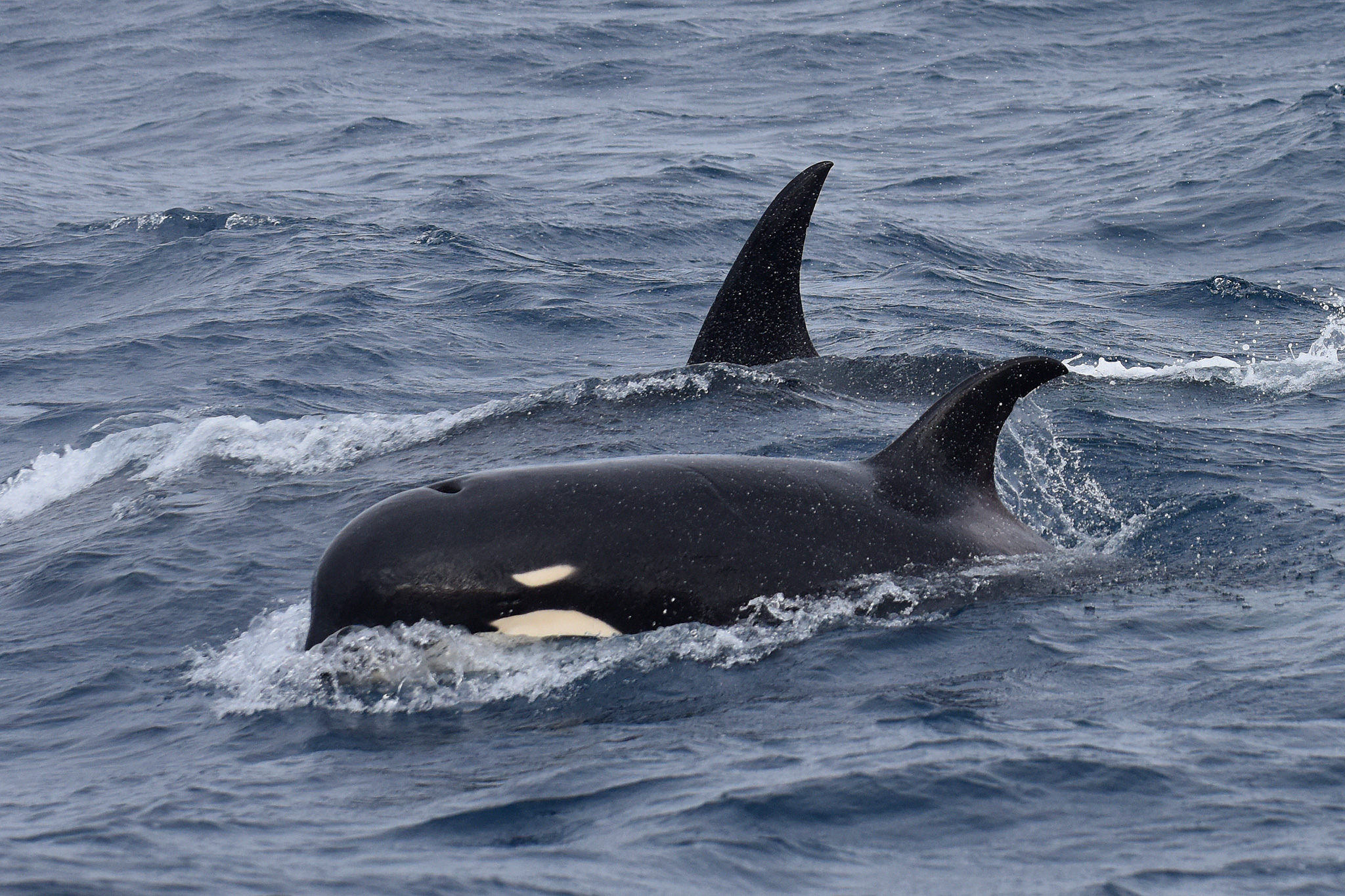
I have always been incredibly fascinated by the sea and the creatures that call it home. I can’t really say why I’m fascinated, but there is something absolutely mysterious about what lies beneath the surface. In a good way, though. I love when scientists find new creatures or find ones that have evolved into something new and mystical. Which is why when I heard about the possibility that a new type of killer whales had been discovered, I had to know more about it. A team of international scientists embarked on an expedition in January, in an attempt to find the Type-D killer whale, and their actions were successful.
But let’s back this up slightly, because these whales have been spotted before. In 1955, 17 killer whales were found stranded on a beach in Paraparaumu, New Zealand. At the time, scientists thought that the whales looked weird, but they mistook the appearance as a genetic deformity. Since then, the whale has been something of a Moby Dick – no pun intended – in that people have been trying to find the whales and capture images of the mysterious beasts.
This week, the National Oceanic and Atmospheric Administration (NOAA) announced that these new whales, known as Type D killer whales, have finally be found. A group of about 30 whales appeared to the researchers off the southern tip of Chile and stayed with the team for more than three hours. This marks the first scientific expedition in order to collect data on these particular animals.
“We are, as scientists, increasingly in the business of trying to protect and conserve marine biodiversity. In order to do that, the very first thing we need to know is how many species are there. This expedition and data we were able to collect will go a long way toward answering that question.”
Lisa Ballance, Director of Marine Mammal and Turtle Research Division with NOAA Fisheries
Before this particular trip, all we really knew about the Type D killer whales was where they had been spotted. More specifically, the southern Indian Ocean, New Zealand and in higher concentration in southern Chile. But that was all the information that the team needed to go on, and learn more. Now the team has three small samples of blood and tissue that scientists will be able to use to run genetic tests in order to determine if the Type D killer whale is, in fact, an entirely new species.
What makes these whales different? There is a much smaller size white eye mark, a dorsal fin that is narrower and pointier than usual, and a rounder head. Both kinds of killer whales seem to travel in the same place.
But for now, scientists need to understand if these are, in fact, a new species of whales. They will also need to figure out how many Type D killer whales exist. Is that even possible? Other unknowns include – what do they eat, what threatens them, and are they healthy or at risk? But finding these whales just proves that the ocean remains full of mystery and potential discoveries. I know that this kind of thing makes me excited for future discoveries.



